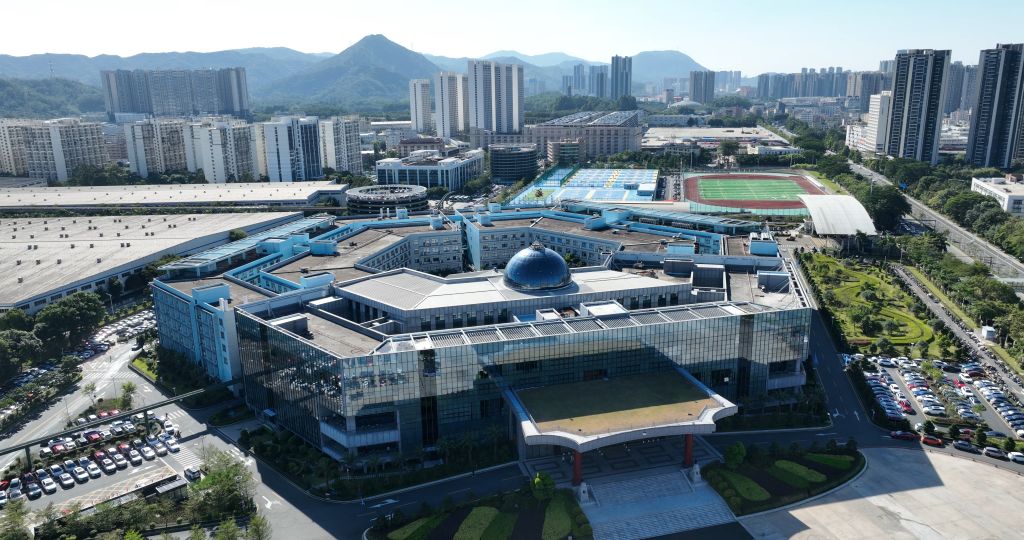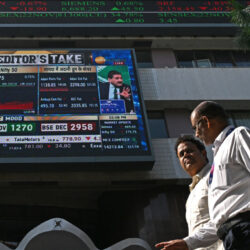
Europe has long been a major center of global influence. However, Asia’s rapid economic and geopolitical rise suggests that the continent may be stepping into a role once occupied by Europe.
Economic Dynamism
According to a McKinsey report, Asia contributed 57% of global GDP growth and 59% of the growth in international trade between 2015 and 2021. The region is home to three of the top five world economies – China, Japan, and India – and 18 of the 20 fastest-growing trade corridors. It is a central hub for consumer electronics, semiconductors, and electric vehicles. This makes it a key player in international commerce, far outpacing Europe in recent years.
China has been a significant driver of this growth, emerging as the world’s second-largest economy and the largest in purchasing power parity. China’s role as the world’s manufacturing hub, particularly in advanced technologies like electric vehicles and clean energy, positions Asia as a leader in sectors critical to future global development.
Europe, however, has been grappling with sluggish economic growth. While it remains a formidable economic bloc, with its economies contributing significantly to global trade, Asia’s rapid rise its challenging its influence. According to the World Bank, Europe faces economic headwinds characterized by slow growth, partly due to geopolitical tensions and aging populations. In contrast, Asia’s younger workforce and expanding middle class continue to fuel growth, although the continent also faces challenges related to aging populations in some high-productivity economies.
Political Influence and Strategic Shifts
In the political arena, Asia’s rise is also reshaping global power dynamics. Traditionally, Europe has been a center of diplomatic influence, particularly within institutions like the United Nations, the World Bank and International Monetary Fund. However, Asia is now positioning itself as a pivotal region in global geopolitics, primarily driven by the growing influence of China and India. Both countries are expanding their global reach, with China making significant inroads through its Belt and Road Initiative and its economic and diplomatic partnerships across Africa, Latin America, and Southeast Asia.
India, currently the fastest-growing major economy, is also asserting itself as a key player on the global stage, particularly as it seeks to balance relationships with the West and its neighbors in Asia. Geopolitical analysts suggest that the international political landscape is moving toward a multipolar world, with Asia emerging as one of the dominant poles. This shift has led some to argue that Asia may soon hold the political influence that Europe wielded during the 19th and 20th centuries.
Unique Challenges for Asia
While Asia is undoubtedly ascending, it is not without challenges that could hinder its realization of its potential as the “new Europe.” The key issue is the rising geopolitical tensions between China and the West. These tensions could disrupt trade and investment flows, impacting the region’s economic growth. In addition, Asia’s reliance on energy imports – China alone imports over 70% of the oil it consumes – makes it vulnerable to fluctuations in global energy markets and geopolitical tensions, which undermine energy security.
Moreover, the region is grappling with internal challenges, including significant income disparities between and within countries. While economies like China, Japan, and South Korea have achieved advanced industrialization, others must catch up in productivity and infrastructure development, particularly in South and Southeast Asia. Lastly, the ongoing conflict in the South China Sea is highly likely at any time to turn into open (armed) conflicts between China and other claimant states: Vietnam, the Philippines, Malaysia, and Brunei.
The Significance of the Shift
In many respects, Asia is becoming the “new Europe.” Its economic dynamism, demographic shifts, and growing geopolitical influence have made it the main engine of global growth, much like Europe was during the Industrial Revolution and the post-war period. However, Asia’s rise is not without challenges. As Europe faces its own economic and demographic headwinds, the global balance of power shifts eastward, heralding a new era.
An aerial view of BYD global headquarters in Shenzhen, Guangdong Province, China on Nov. 28, 2024. BYD is a leading exporter of electric vehicles in China. (Photo by Xiaolu Chu/UNI FILM/Getty Images)





